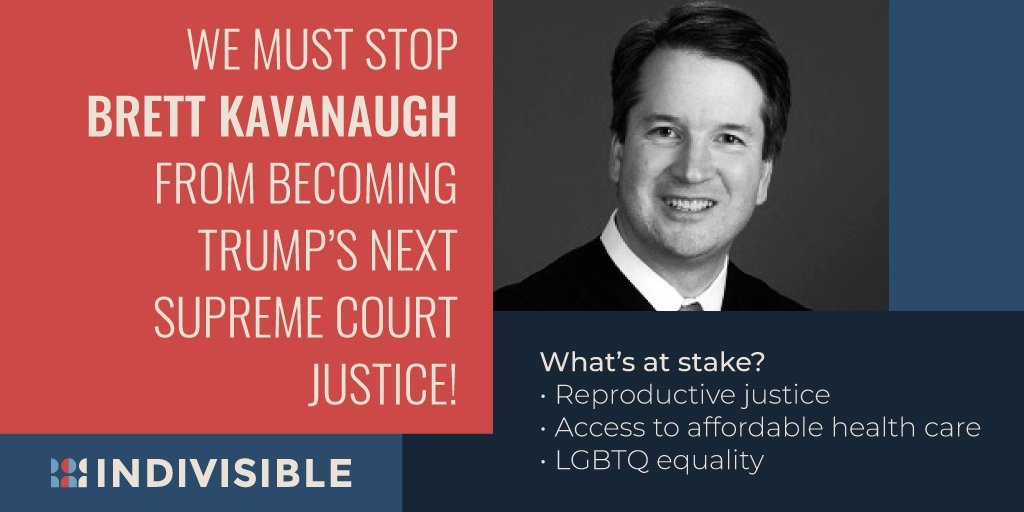Legitimately that is. The crimes and fraud within the system are so bad already that the FBI is and has been overwhelmed with cases.

Heck, just last month, the FBI announced the results of Operation Brace Yourself. 24 people were arrested due to Medicare fraud billing amounting to over $1 billion. Get that? One case, over a billion dollars. A medical equipment company out of the Philippines recruited people, there were kickbacks, money-laundering, yachts, luxury real estate deals all inside of at least 100 equipment companies. This FBI investigation involved 20 field offices, agency partners, the IRS, the IRS, Health and Human Services, the Department of Veteran Affairs and even Secret Service.
But wait, that was just one case.
How about a few more?
District of Columbia Physician Indicted for Alleged Role in $12.7 Million Health Care Fraud Scheme
A physician with a practice in the District of Columbia was charged in an indictment unsealed today for his role in an alleged $12.7 million health care fraud scheme to submit fraudulent claims to Medicare for complicated medical procedures he never provided.
Telemarketer And His Companies Agree To Pay $2.5 Million To Settle Allegations That They Operated Telemedicine Schemes Involving Illegal Kickbacks And Unnecessary Prescriptions
United States Attorney Maria Chapa Lopez and U.S. Attorney J. Douglas Overbey for the Eastern District of Tennessee announce that Scott Roix, together with several entities through which he ran his telemarketing business, including HealthRight, LLC; Health Savings Solutions, LLC; Vici Marketing, LLC; and Vici Marketing Group, LLC (hereinafter collectively referred to as “marketing companies”), have agreed to pay $2.5 million to resolve allegations that Roix and these marketing companies violated the False Claims Act by causing the submission of false claims to federal healthcare programs in connection with telemedicine health care fraud schemes.
Patient Recruiter Found Guilty in $1.3 Million Medicare Kickback Scheme
A federal jury in Detroit, Michigan found a patient recruiter guilty today for his role in a scheme involving approximately $1.3 million in fraudulent Medicare claims for home health care that were procured through the payment of kickbacks.
Medical Business Owner Sentenced to More Than 10 Years in Federal Prison for Medicare Fraud
AUGUSTA, GA: The owner of a Thomson, Ga., medical equipment company was sentenced to more than 10 years in federal prison Tuesday, July 30, for a wide-ranging Medicare fraud scheme.
Millcreek Community Hospital Will Pay $2,451,000 to Settle Claims for Medically Unnecessary Inpatient Rehabilitation Services
PITTSBURGH – Millcreek Community Hospital, located in Erie, Pennsylvania, has agreed to pay $2,451,000 to resolve claims that the hospital violated the False Claims Act by billing Medicare and Medicaid for medically unnecessary inpatient rehabilitation services, Scott W. Brady announced today.
This information is coming from the Inspector General’s Office and is but a random sampling of cases in the last 3-4 weeks. Get that? 3-4 weeks.
The Medicare Fraud Strike Force (MFSF) was established in 2007. Imagine what was/is going on that a strike force had to be established….The Strike Force operates out of Baton Rouge, Brooklyn, Chicago, Dallas, Detroit, Houston, Los Angeles, Miami, and Tampa Bay.
So, next time you see Bernie, Kamala or Liz or any of the rest of them, mention this little factoid. Could make for good TV and obviously an item that CNN missed altogether in the televised debates.


 Directly after President Trump announced Brett Kavanaugh as the Supreme Court nominee, there were protests on 1st Street in front of the Supreme court.
Directly after President Trump announced Brett Kavanaugh as the Supreme Court nominee, there were protests on 1st Street in front of the Supreme court.
 Indivisible: A Practical Guide for Resisting the Trump Agenda is licensed under the Creative Commons Attribution-NonCommercial- ShareAlike 4.0 International License. The organization issues call scripts for each issue, including Obamacare, immigration, civil rights, education, EPA and how to stop the confirmation of Brett Kavanaugh. Grassroots at its best, designed by Obama and his sidekick, Valerie Jarrett.
Indivisible: A Practical Guide for Resisting the Trump Agenda is licensed under the Creative Commons Attribution-NonCommercial- ShareAlike 4.0 International License. The organization issues call scripts for each issue, including Obamacare, immigration, civil rights, education, EPA and how to stop the confirmation of Brett Kavanaugh. Grassroots at its best, designed by Obama and his sidekick, Valerie Jarrett.
 2. Okay how about Trump’s “wall funding.” It’s not a wall. It’s repairs, drones and pedestrian fencing – no construction.
2. Okay how about Trump’s “wall funding.” It’s not a wall. It’s repairs, drones and pedestrian fencing – no construction. 
 3. Then we have the House Freedom Caucus with their letter to President Trump:
3. Then we have the House Freedom Caucus with their letter to President Trump: 
 So…need more?
So…need more?